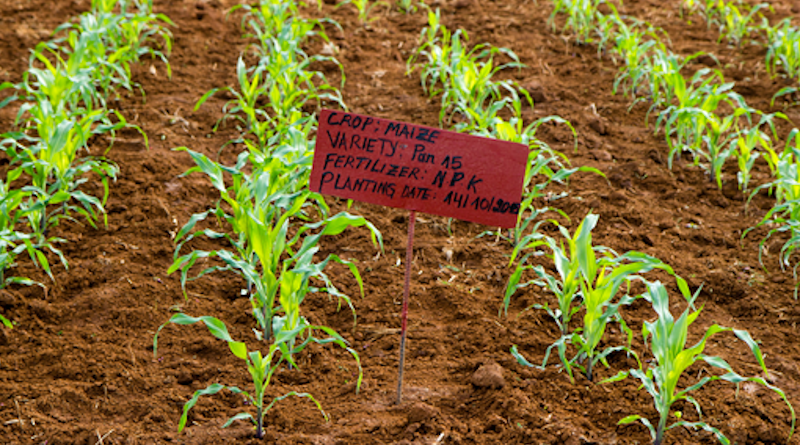A Critical Assessment Of 2006 Abuja Declaration For Nitrogen Use In Sub-Saharan Africa
In 2006, the Abuja declaration brought together states of the African Union to collectively recommend an increase in fertilizer nitrogen (N) use from 8 kg ha−1 to 50 kg ha−1 by 2015 to help enable sub-Saharan Africa (SSA) to achieve food sufficiency and eradicate poverty while improving the soil fertility.
In a recent field study, researchers took a closer look at this generalized recommendation, still striving to be met at scale, in order to evaluate the consequences of the policy in terms of improving yield potential, sustaining soil fertility, and optimizing fertilizer use.
The study, published in Frontiers in Sustainable Food Systems, looked at four scenarios that compared N use efficiency for business as usual (0 kg N ha-1) and 25%, 50%, and 100% of the Abuja declaration within the Lake Victoria basin. Cereal production within the basin is dominated by smallholder farmers who are largely unable to take advantage of applying optimal amounts of N inputs to their cropping systems.
The majority of the smallholder farmers still apply less than 8 kg N ha−1 yr−1 due to limited purchasing power, inadequate extension services and poor infrastructure to access the inputs.
A general lack of resources, and awareness on proper N management, causes most of N from the limited amounts of fertilizer that is applied to be lost to the environment rather than being taken up by crop. As a result, chronic depletion of soil N fertility commonly occurs—a condition often referred to as soil nutrient mining.
In the Lake Victoria basin, and much of SSA, crop yields continue to stagnate. Average cereal yields in SSA still hover near 1.5 t ha−1 or less, despite evidence demonstrating yield potentials above 5 t ha−1. Yield stagnation is especially important within the Lake Victoria basin, which has 40 million people and one of the highest annual growth rates (3.5%) in the world.
To assess how each of the four scenarios functioned in supplying adequate N supplies to maize, researchers used a widely accepted indicator of N use efficiency called Partial N Balance. Past research has determined an optimal range for partial N balances for cereals to be between 50–90%. If values exceed this range, often the total N applied, either as fertilizer or organic manure, is significantly less than the amount of N being removed by the crop, which leads to a steady depletion of soil N reserves.
It is concluded that continued movement towards, and beyond, the Abuja 2006 target for N application is required to support food sufficiency and optimal use of N fertilizer inputs. The authors recognize that improvement may remain a challenge for SSA unless changes are endorsed through progressive policy.

